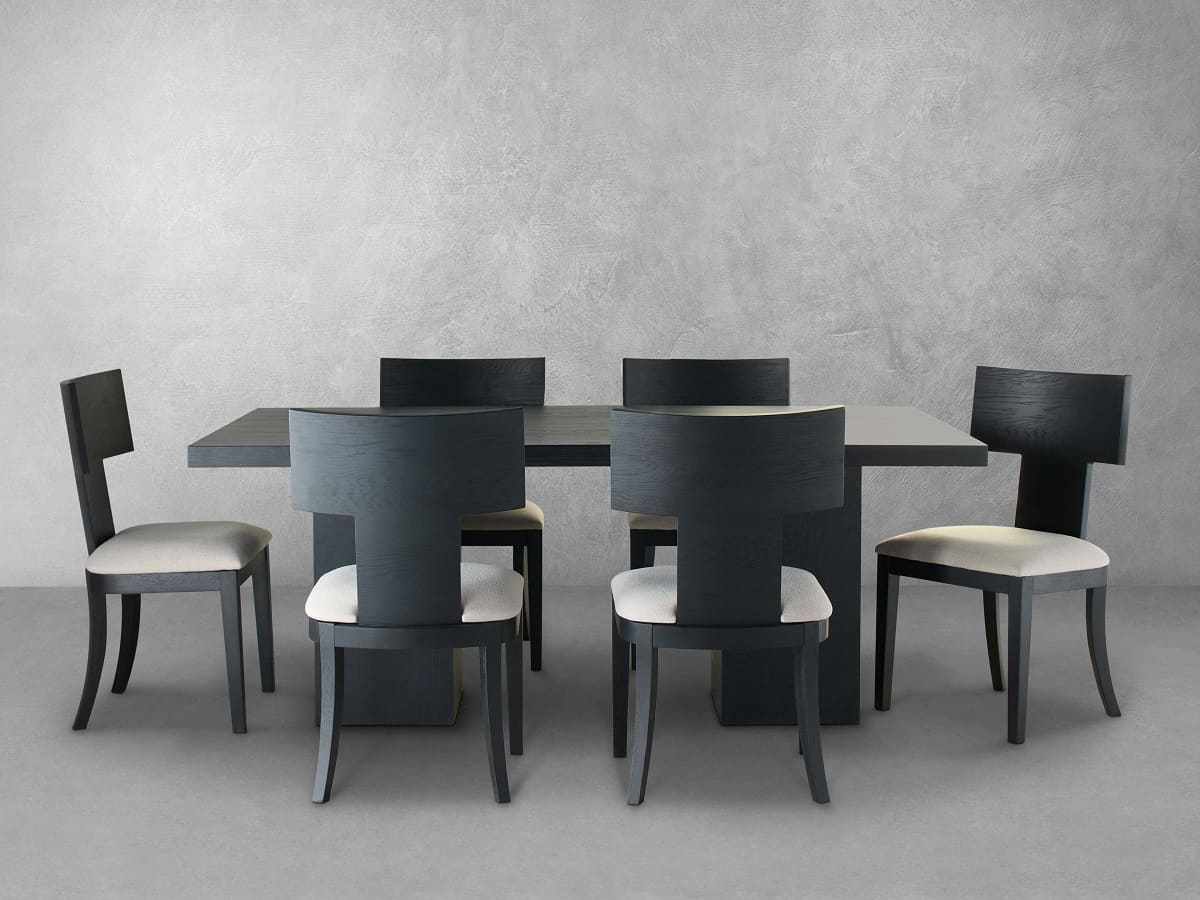

Tableware
How To Store Dining Room Chairs
Modified: December 7, 2023
Learn how to properly store your dining room chairs to protect them and keep them in good condition. Discover expert tips and tricks for organizing your tableware collection.
(Many of the links in this article redirect to a specific reviewed product. Your purchase of these products through affiliate links helps to generate commission for Storables.com, at no extra cost. Learn more)
Introduction
Welcome to the world of tableware! Whether you’re a proud owner of a stunning dining set or an avid collector of vintage chairs, proper storage and maintenance are key to preserving their beauty and functionality. In this article, we will guide you through the process of storing dining room chairs, ensuring they remain in pristine condition between uses.
As durable as dining room chairs may seem, they are still susceptible to damage if not stored correctly. Dust, moisture, and even pests can wreak havoc on the delicate materials, compromising their integrity. By following these steps and implementing proper storage techniques, you can ensure that your dining room chairs will be ready to serve you for years to come.
Key Takeaways:
- Proper storage and maintenance are essential for preserving the beauty and functionality of dining room chairs. Clear, clean, disassemble (if applicable), choose the right storage space, protect, and store chairs properly to ensure longevity.
- Regular maintenance and inspection are crucial for maintaining the quality of stored dining room chairs. Schedule cleaning, inspect for damage, reassemble carefully, monitor for pests, and consider professional maintenance to extend their lifespan and aesthetic appeal.
Read more: How To Store Extra Dining Room Chairs
Step 1: Clearing and Cleaning the Chairs
Before you proceed with storing your dining room chairs, it is crucial to clear them of any items and give them a thorough cleaning. Follow these steps to prepare your chairs for storage:
- Remove any belongings: Begin by removing any cushions, covers, or accessories from the chairs. Place them aside for cleaning or separate storage.
- Dust off the chairs: Use a soft cloth or a brush to remove any dust, dirt, or debris from the chairs. Pay close attention to the corners, crevices, and upholstery.
- Spot clean stains: If you notice any stains on the chairs’ upholstery or surfaces, spot clean them using a mild cleaner or a mixture of water and gentle soap. Gently dab the stain with a cloth or sponge, being careful not to saturate the fabric.
- Let them dry: Allow the chairs to air dry completely before proceeding to the next step. This will prevent moisture from getting trapped during the storage process.
- Polish and protect: If your dining room chairs are made of wood or have wooden elements, it’s a good idea to polish them with a furniture polish or wax to enhance their shine and protect the wood from damage.
By clearing and cleaning your dining room chairs, you are removing any potential dirt or contaminants that could harm them during storage. This step ensures that your chairs remain in optimal condition throughout their time in storage.
Step 2: Disassembling the Chairs (if applicable)
If your dining room chairs are designed to be easily disassembled, this step will help save space and protect the chairs during storage. Follow these guidelines to disassemble your chairs properly:
- Consult the manufacturer’s instructions: If you still have the original assembly instructions or a user manual for your chairs, refer to them for guidance on disassembling the chairs safely.
- Gather the necessary tools: Depending on the chair design, you may need basic tools such as a screwdriver or an Allen wrench to remove any screws or bolts.
- Take photos or make notes: Before starting the disassembly process, take pictures or make notes of the chair’s original configuration. This will help you reassemble the chairs correctly later on.
- Remove the cushions: If your chairs have removable seat cushions, take them off and set them aside for separate storage or cleaning.
- Unscrew or detach parts: Carefully unscrew any screws or bolts that hold the armrests, backrests, legs, or other removable parts in place. Keep these screws or bolts in a labeled baggie for safekeeping.
- Wrap and label the parts: Once the chairs are disassembled, wrap each part individually in bubble wrap or soft cloth to protect them from scratches. Use masking tape or labels to mark each piece so you can easily identify them during reassembly.
Disassembling your dining room chairs, when possible, not only saves space in your storage area but also reduces the risk of damage during transportation and storage. Remember to keep all the disassembled parts together in a labeled bag or container to avoid losing any essential components.
Step 3: Choosing the Right Storage Space
Now that your dining room chairs are cleared and possibly disassembled, it’s time to find the perfect storage space for them. Follow these considerations to ensure your chairs are stored in an optimal environment:
- Climate control: Ideally, choose a storage area with climate control to protect your chairs from extreme temperature changes and humidity. This helps prevent warping, cracking, or other damages caused by moisture or dryness.
- Avoid direct sunlight: Select a storage space that is away from direct sunlight. Prolonged exposure to sunlight can fade the upholstery or wood finishes of your chairs.
- Maximize vertical space: If you have limited floor space, consider storing your disassembled chairs vertically. This can be achieved by placing them on sturdy shelves or utilizing hanging racks specifically designed for chairs.
- Protection from pests: Ensure that the storage space is clean and free from pests such as insects or rodents. Consider using repellents or traps as an extra precaution.
- Avoid overcrowding: Give each chair enough space to avoid any potential damage or accidental knocks during storage. Avoid piling chairs on top of each other, as this can lead to scratches or structural damage.
- Accessibility: If you plan to use the chairs periodically, choose a storage area where they are easily accessible. This will allow you to retrieve them without any hassle or risk of damaging other items in the process.
By carefully selecting the right storage space for your dining room chairs, you are ensuring their safety and longevity. A suitable storage environment will help preserve their quality and minimize the risk of any potential damage.
When storing dining room chairs, stack them carefully to avoid scratching or damaging the finish. Use furniture pads or cloth between each chair to protect them. Cover with a breathable fabric to prevent dust buildup.
Step 4: Protecting the Chairs
After cleaning, disassembling (if applicable), and choosing an appropriate storage space, it’s time to take extra measures to protect your dining room chairs. Implement the following precautions to ensure the chairs remain well-preserved:
- Cover with protective materials: Use chair covers or large plastic bags to shield the chairs from dust, dirt, and potential scratches. Make sure the covers are breathable to prevent moisture buildup.
- Use furniture pads: Place furniture pads or felt pads on the bottom of the chair legs to prevent them from scratching the floor or other surfaces during storage.
- Wrap delicate parts: For chairs with delicate details or fragile materials, consider wrapping those parts with additional padding, such as bubble wrap or tissue paper, to provide an extra layer of protection.
- Secure loose components: If there are any loose components, such as screws or bolts, that cannot be fully removed, make sure they are tightened securely to prevent them from shifting or causing damage during storage.
- Avoid stacking: If you have multiple chairs, refrain from stacking them on top of each other during storage. Stacking can lead to pressure marks, cracks, or other forms of damage.
- Check for pest control: Consider using pest control measures in your storage area to protect the chairs from any potential insect or rodent infestation. This could include setting up traps or using natural repellents.
By taking these protective measures, you are ensuring that your dining room chairs are shielded from potential harm while in storage. These precautions help maintain their beauty and functionality for future use.
Read more: How Tall Is A Dining Room Chair
Step 5: Storing the Chairs Properly
With the chairs cleaned, disassembled (if applicable), protected, and a suitable storage space chosen, it’s time to proceed with storing the chairs properly. Follow these guidelines to ensure they are stored securely:
- Arrange the chairs strategically: Place the chairs in the storage area with enough space between each one to avoid any potential damage during storage or retrieval.
- Stack chairs safely (if applicable): If you are storing chairs that cannot be disassembled, stack them carefully by alternating the direction of the chair legs. Use protective materials between each chair to prevent scratches.
- Consider using racks or stands: If you have the space, consider using racks or stands specifically designed for storing dining room chairs. This helps keep them organized and prevents any unnecessary weight or pressure on the chairs.
- Create a labeling system: Label each chair or chair part with clear and visible labels, indicating any necessary information such as the chair’s name, style, or any specific assembly instructions. This makes it easier to locate and retrieve the chairs when needed.
- Document the storage arrangement: Take photos of the stored chairs or create a simple sketch of their arrangement. This will serve as a visual reference in case you need to access specific chairs without disturbing the entire storage area.
- Maintain proper ventilation: Ensure that there is adequate airflow in the storage space to prevent the buildup of musty odors or moisture, which can lead to mold or mildew growth.
By implementing these proper storage techniques, you are reducing the risk of any potential damage to your dining room chairs. This organized approach allows for easy retrieval and ensures the chairs remain in excellent condition until their next use.
Step 6: Regular Maintenance and Inspection
Even though your dining room chairs are safely stored, it’s important to regularly maintain and inspect them to ensure their continued quality. Follow these maintenance and inspection steps to keep your chairs in optimal condition:
- Schedule regular cleaning: Dust and clean the chairs periodically to prevent dirt buildup. Use a soft cloth or brush to gently remove any dust or debris from the surfaces and upholstery.
- Inspect for any signs of damage: Regularly inspect your stored chairs for any signs of damage, such as cracks, loose joints, or tears in the upholstery. Promptly address any issues to prevent further deterioration.
- Reassemble chairs with care: If you stored your chairs disassembled, take the time to carefully reassemble them when you are ready to use them again. Follow your notes, pictures, or the manufacturer’s instructions to ensure correct assembly.
- Check for pest presence: Monitor the storage area for any signs of pests, such as droppings or chewed materials. If you notice any indications of pests, take immediate action to eliminate them and protect your chairs.
- Reapply protective measures if necessary: Over time, protective coverings may wear out or become damaged. Replace any worn-out covers or padding to ensure ongoing protection for your chairs.
- Consider professional maintenance: For older or valuable dining room chairs, consider consulting a professional furniture restorer for periodic maintenance and restoration to preserve their longevity and beauty.
By performing regular maintenance and inspections, you can address any issues early on and prevent further damage to your dining room chairs. This proactive approach will help extend their lifespan and maintain their aesthetic appeal.
Conclusion
Storing your dining room chairs properly is essential for preserving their beauty and functionality between uses. By following the steps outlined in this article, you can ensure that your chairs remain in excellent condition, ready to enhance your dining experience whenever needed.
Clearing and cleaning the chairs, disassembling them if applicable, choosing the right storage space, and protecting them with covers and padding are crucial steps in the storage process. Additionally, properly stacking or arranging the chairs, labeling and documenting their storage arrangement, and maintaining regular maintenance and inspections will help prolong their lifespan.
Remember that each chair is unique, so it’s important to consult the manufacturer’s instructions or seek professional advice if needed. By giving your dining room chairs the attention and care they deserve, you can enjoy their presence for years to come.
So, take the time to store your dining room chairs properly, ensuring that they are protected from dust, moisture, pests, and potential damage. With the proper storage techniques in place, you can have peace of mind knowing that your chairs will be ready to shine whenever you need them.
So go ahead, store your dining room chairs with confidence, and look forward to many more memorable meals and gatherings in the future!
Frequently Asked Questions about How To Store Dining Room Chairs
Was this page helpful?
At Storables.com, we guarantee accurate and reliable information. Our content, validated by Expert Board Contributors, is crafted following stringent Editorial Policies. We're committed to providing you with well-researched, expert-backed insights for all your informational needs.
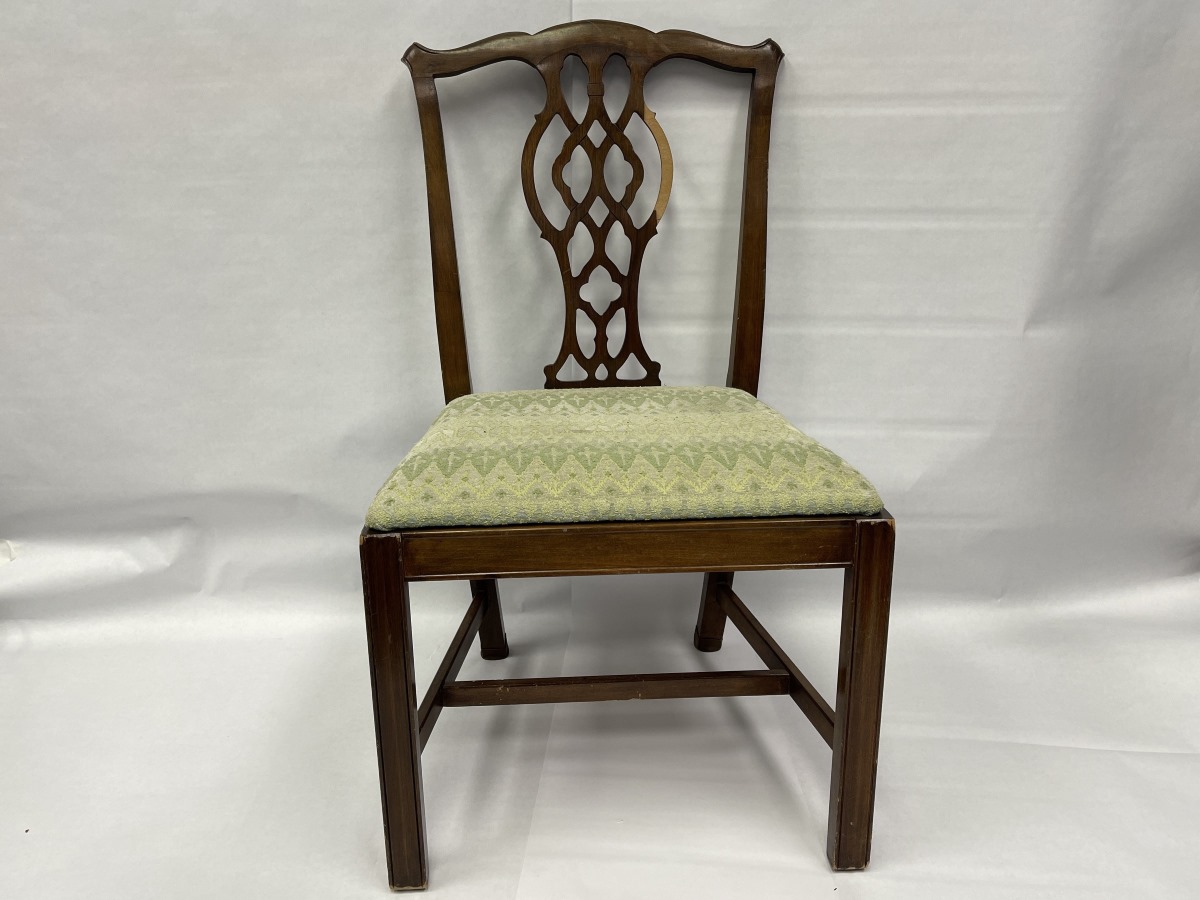
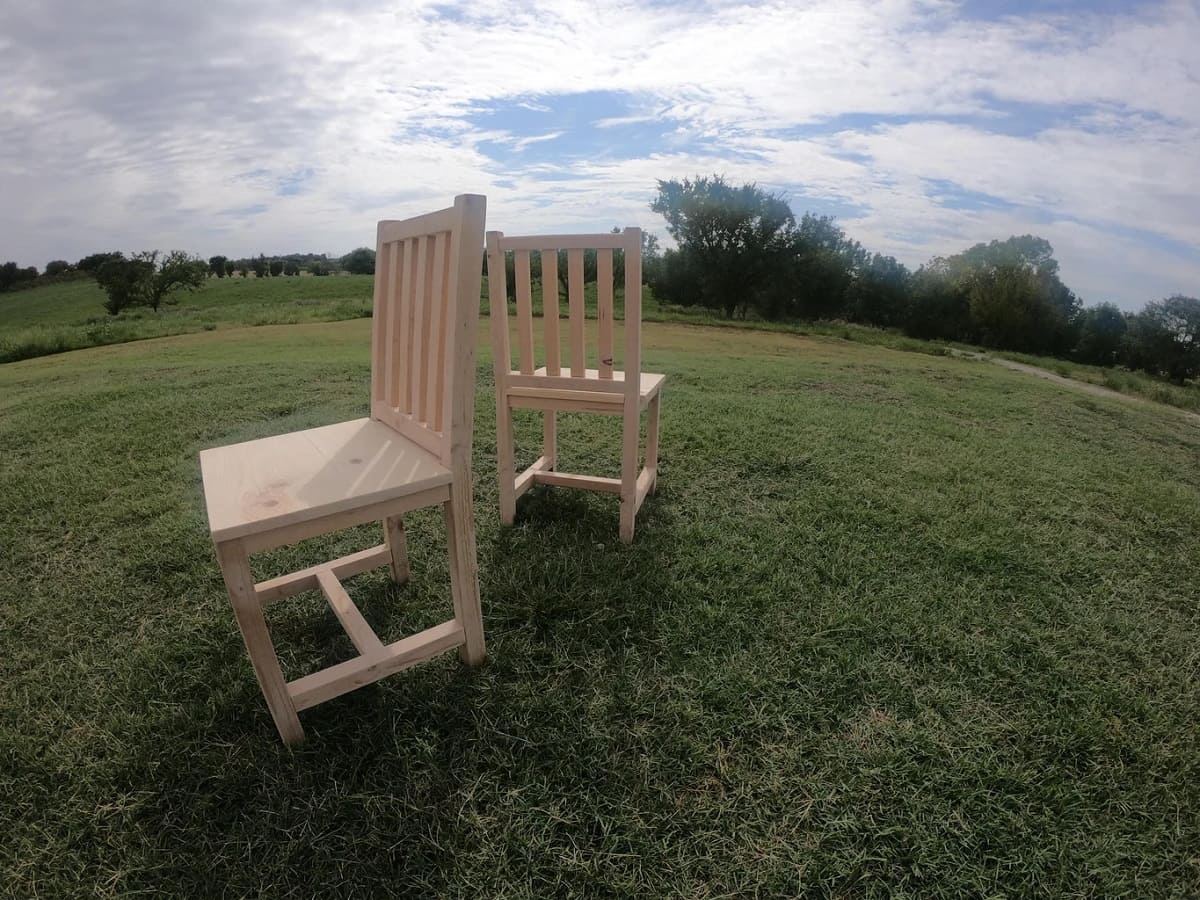
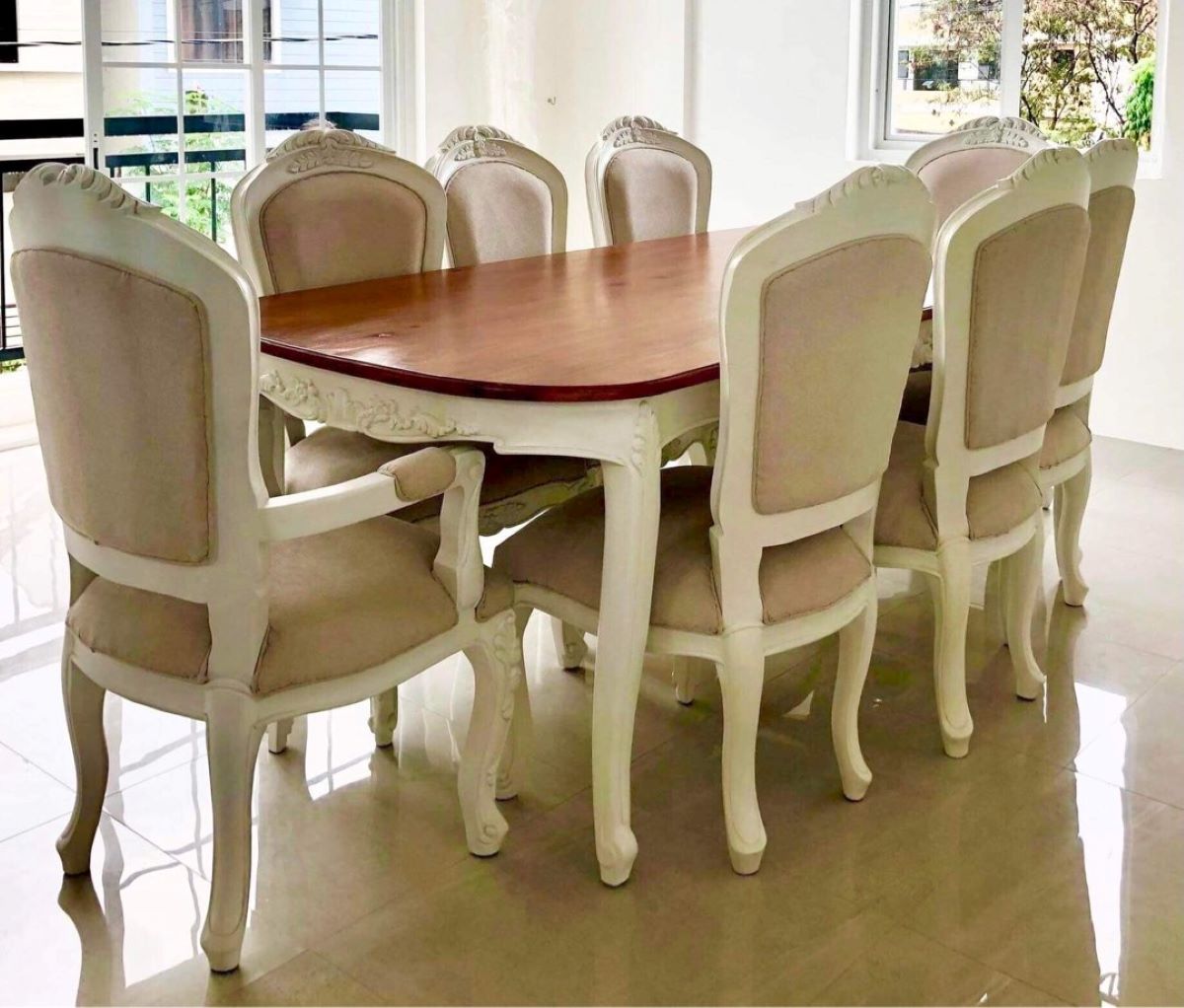
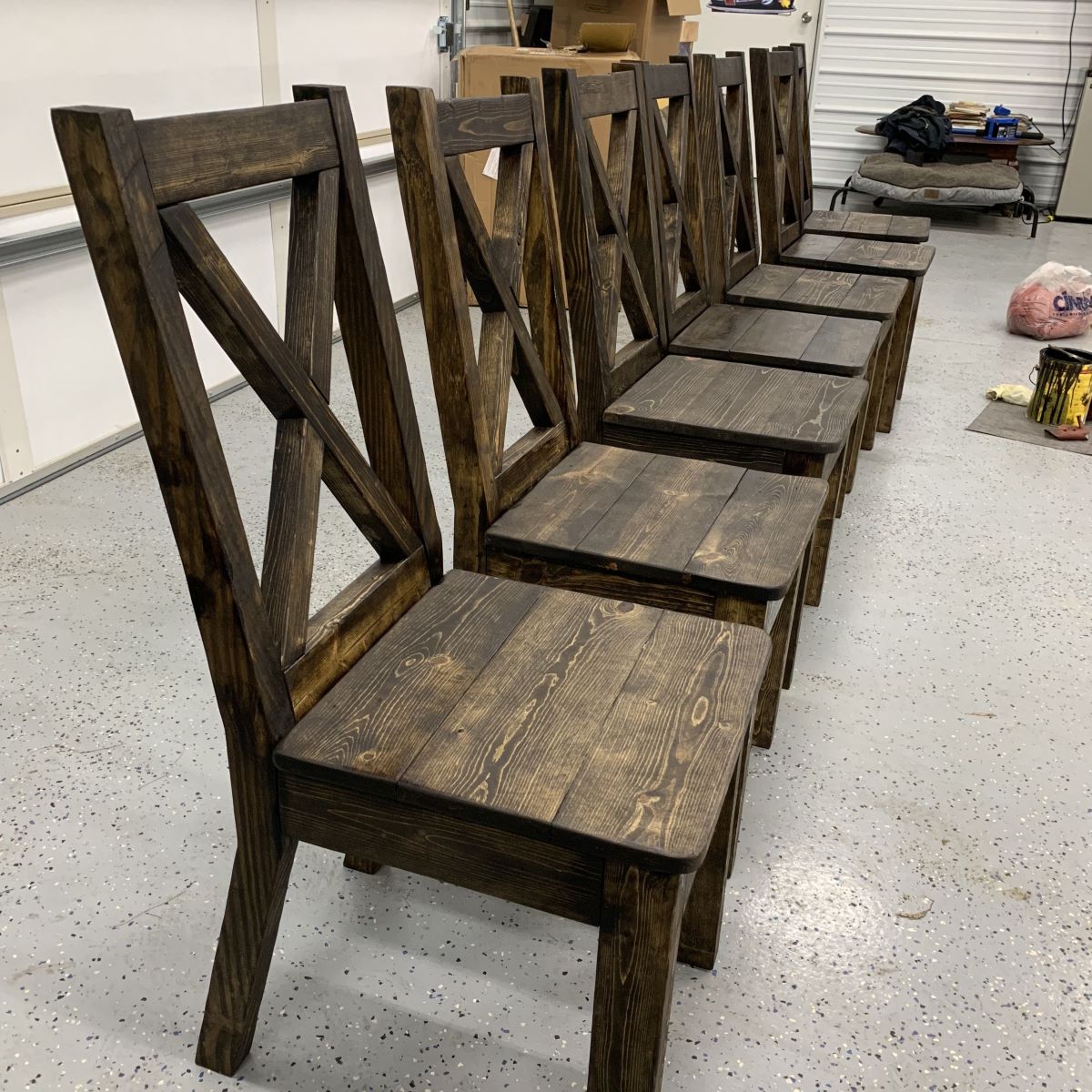
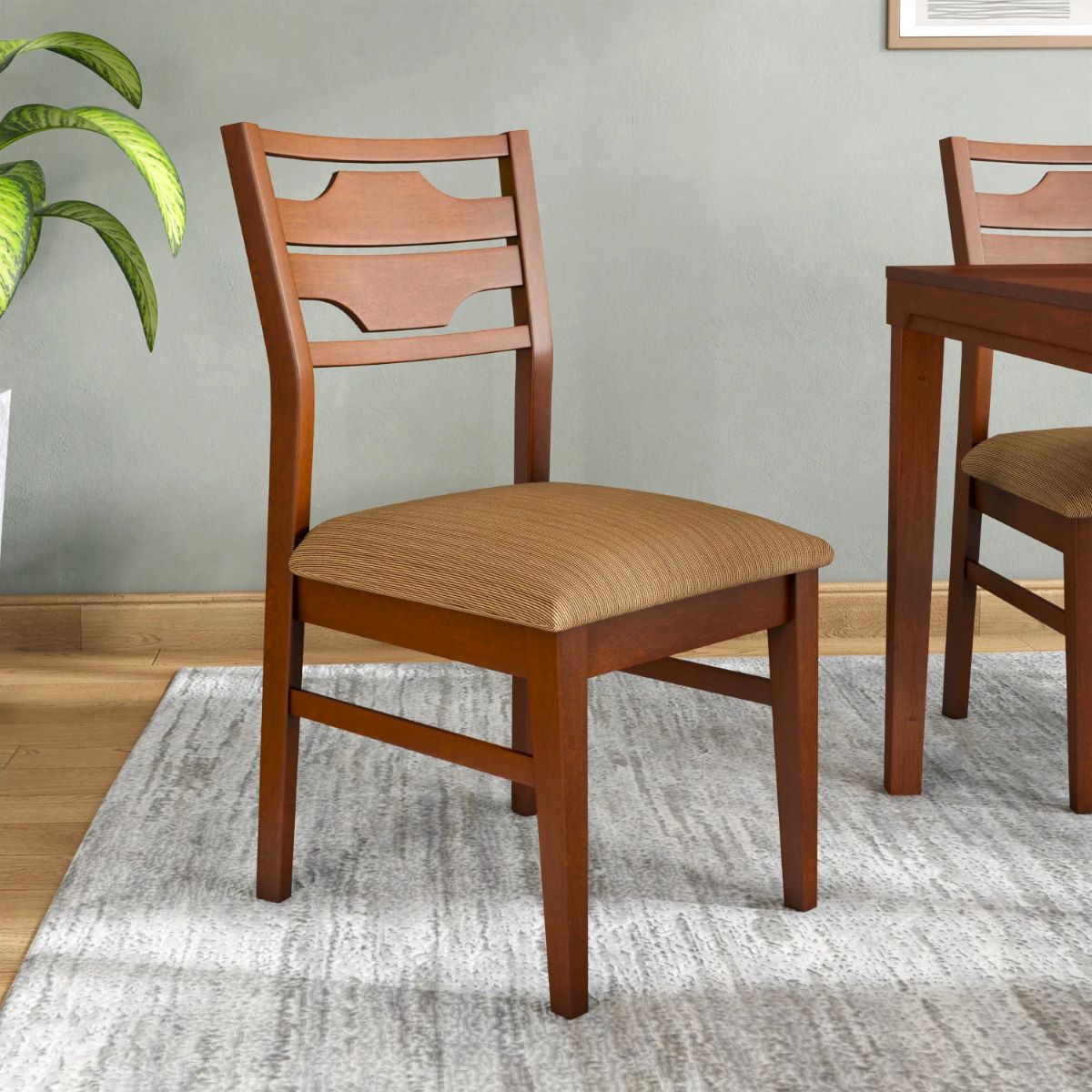

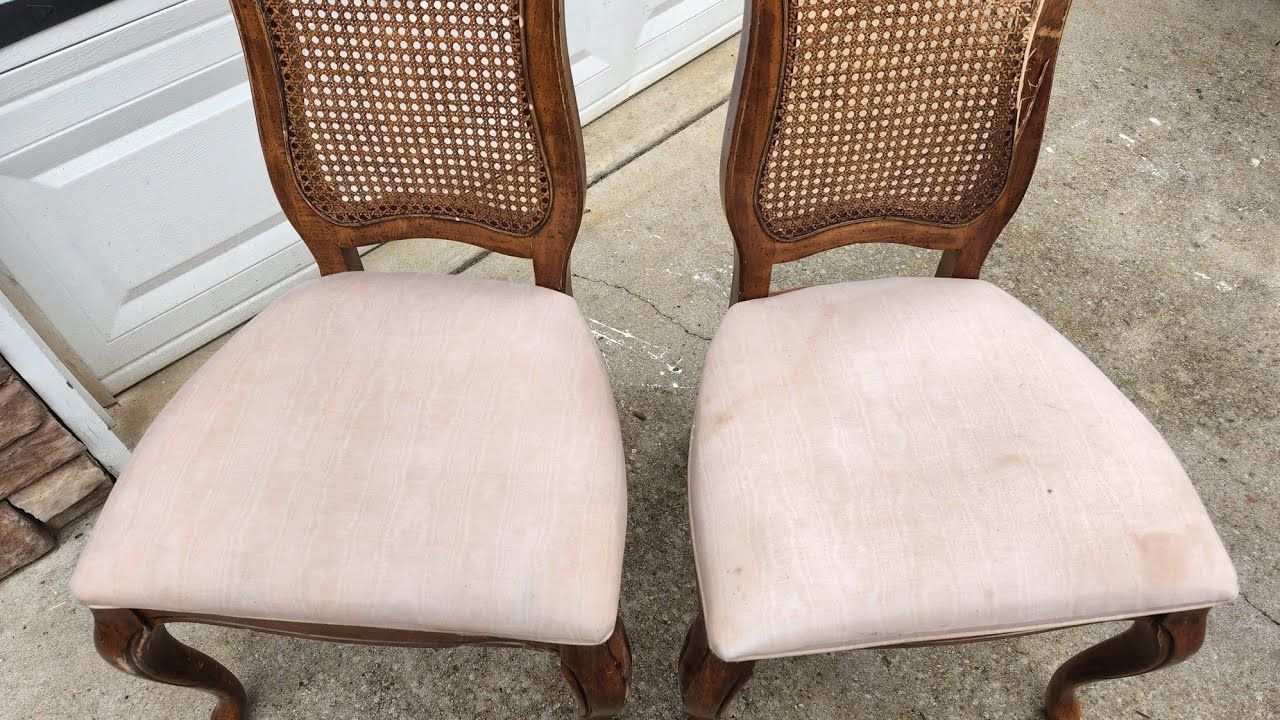
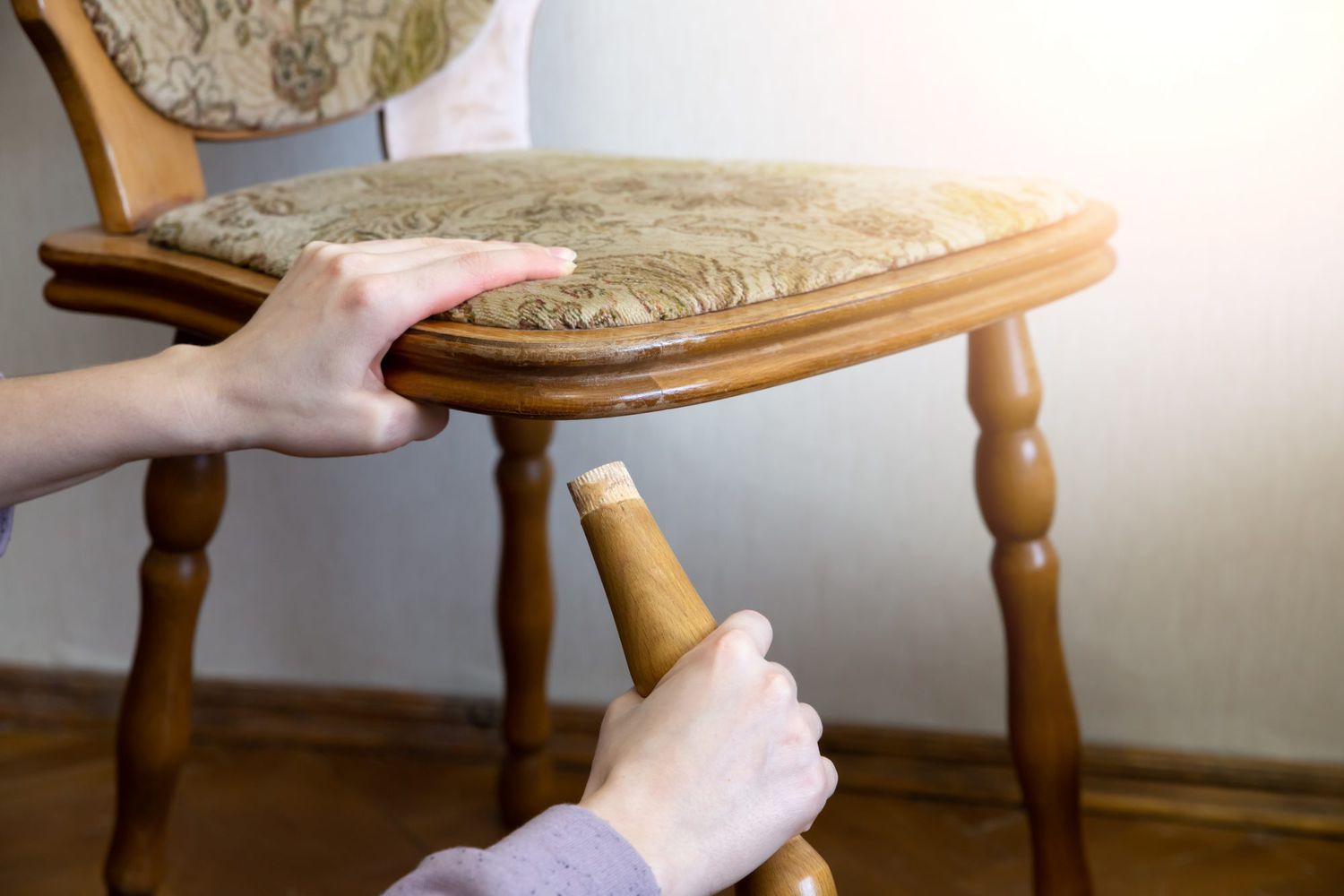
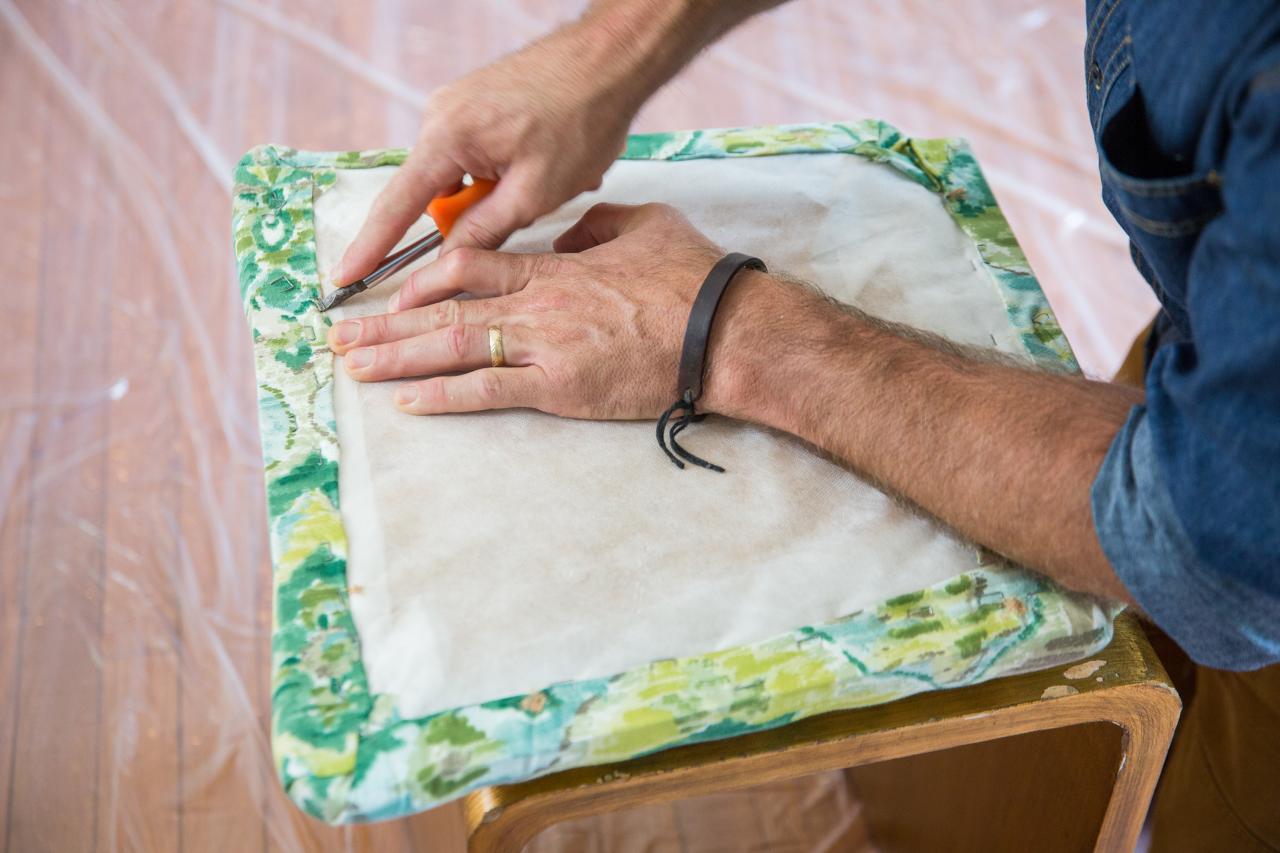
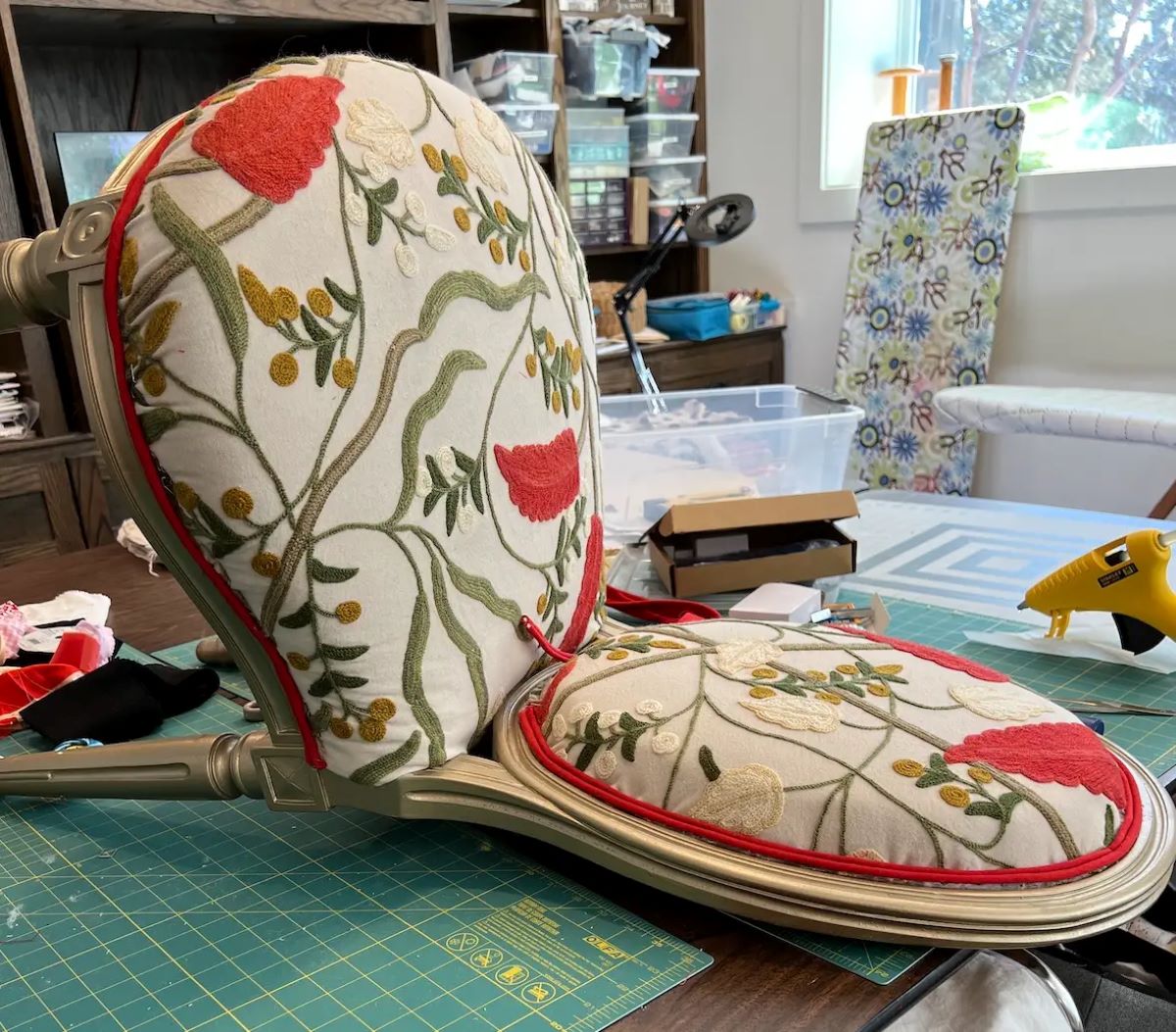

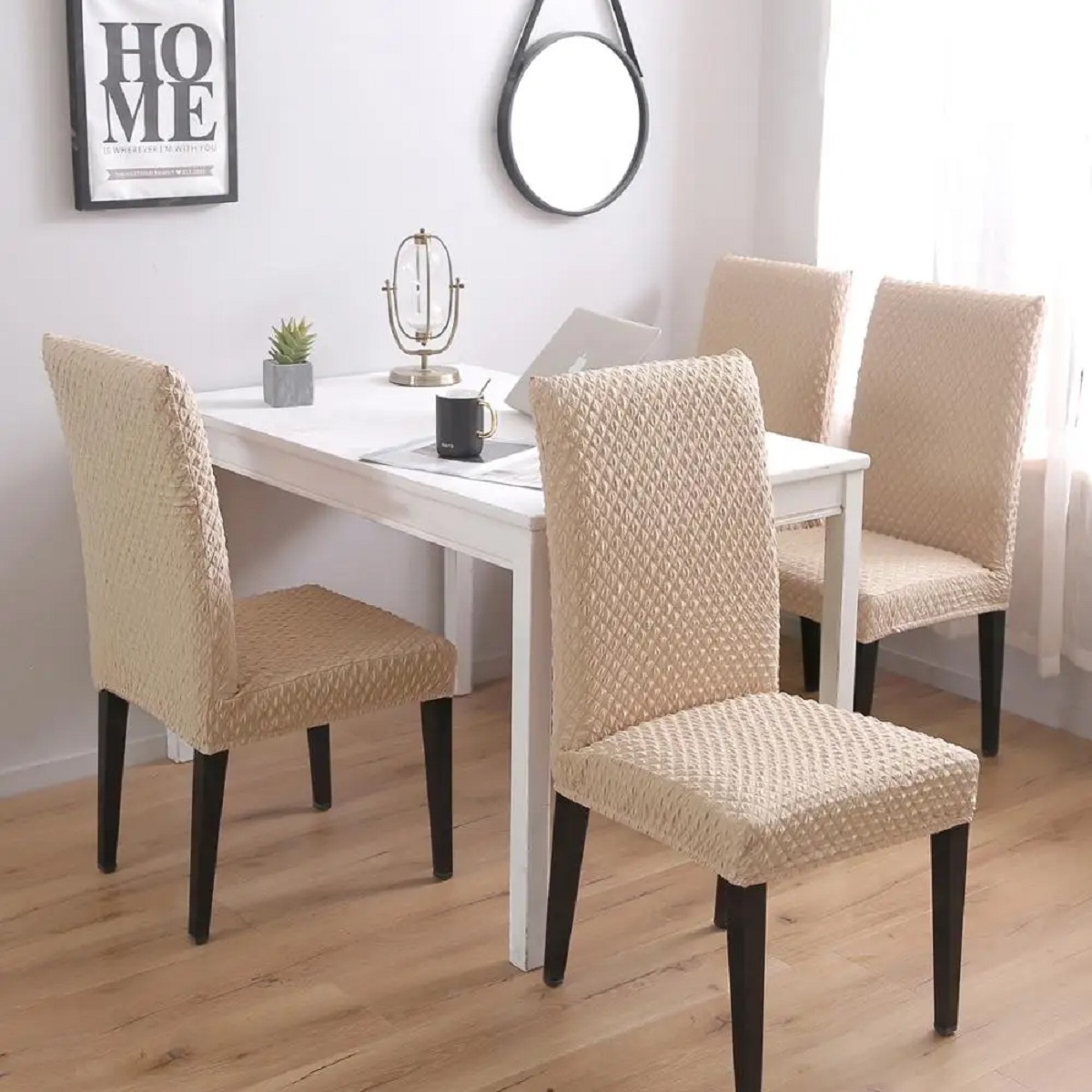
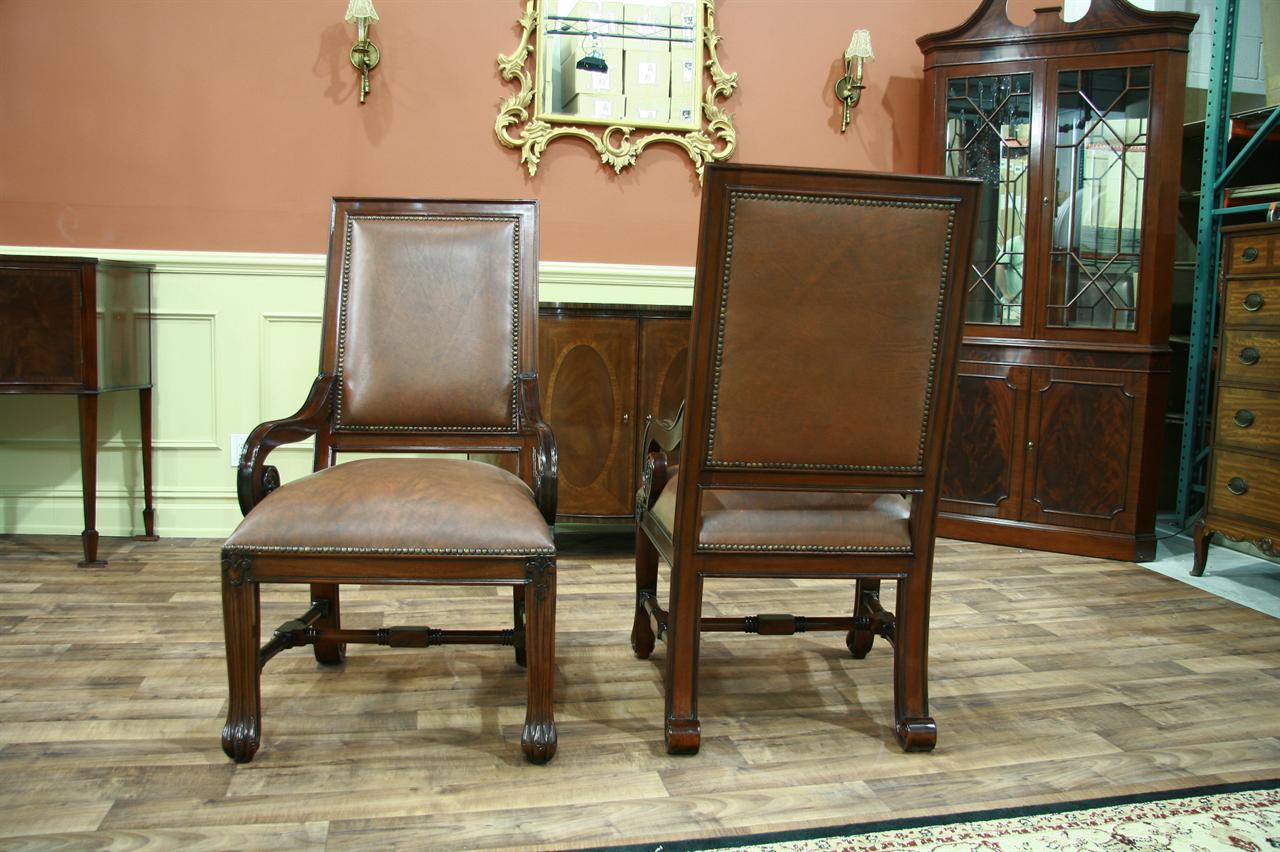
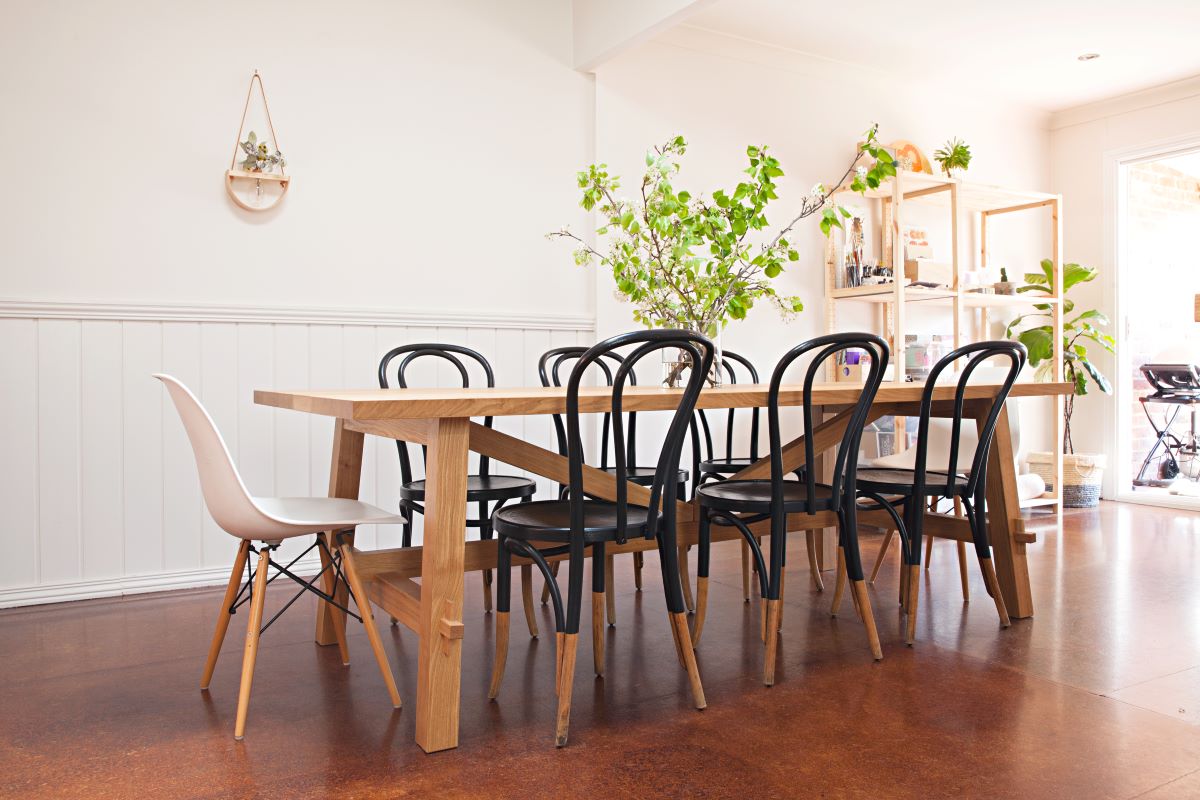

0 thoughts on “How To Store Dining Room Chairs”